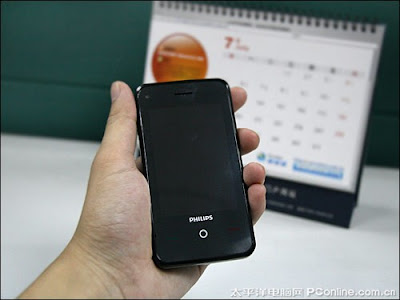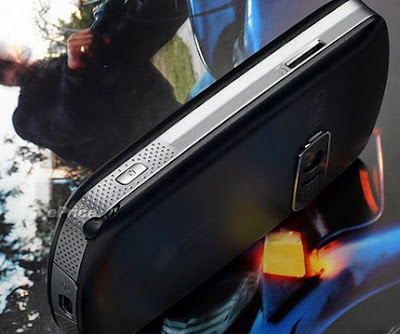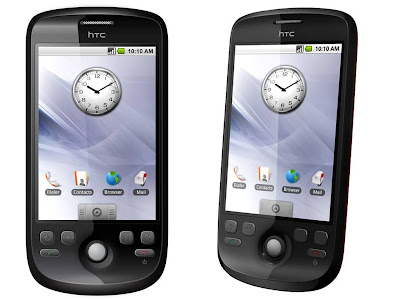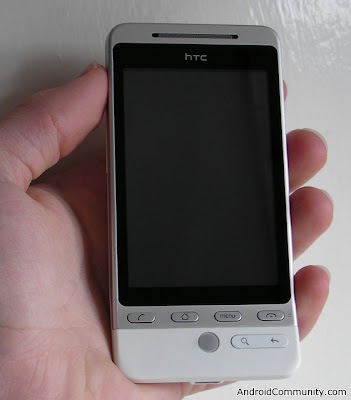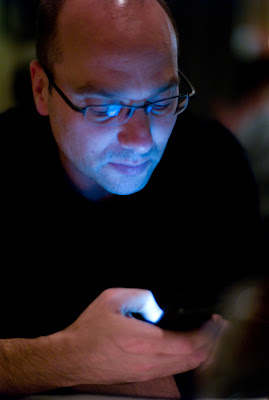
Google's emerging Chrome operating system won't squeeze out Android, according to Andy Rubin, the company's vice president of mobile engineering platforms.
chrome osMobile device OSes have specialized jobs that other platforms don't, such as running network protocol stacks, carefully managing battery life and handling handoffs among cell towers, Rubin said.
"There's different problems to be solved in different categories of consumer products," Rubin said. "But that doesn't mean that ... one wins and one doesn't win. You need different technologies for different solutions."
Speaking at an event in San Francisco where Google and T-Mobile USA showed off the new MyTouch Android-based handset, Rubin said Google would use the Android Marketplace as a "carrot" to prevent fragmentation of the OS. He also said Google Checkout is just the first of what should be a wide range of payment platforms for the Marketplace.
androidT-Mobile introduced the MyTouch, a touch-screen device from HTC priced at US$199 with a two-year contract, on Wednesday. It's the second Android-based phone from the carrier. Though other mobile operators have expressed interest in selling their own Android products, T-Mobile aims to keep its dominance, according to Cole Brodman, T-Mobile's chief technology officer and senior vice president for technology.
"We want to go deeper with Android, faster than anybody else will, and further than anybody else will. We'll push it to uncomfortable limits that other carriers won't follow," Brodman said. T-Mobile makes a subscriber's personal and contact information portable across Android phone models and will offer applications for use on all of them, he said.
Two Android application developers who appeared at the event said they chose the platform for its openness. Geodelic Systems' Sherpa is a location-based application that provides information about a user's surroundings and fine-tunes its tips by learning the user's preferences over time. Android lets it interact with other applications on the phone, such as an ordering application used by a coffee shop, Geodelic founder Rahul Sonnad said.
Voice Text, which IT professional Alex Byrnes developed on his spare time, can convert spoken words into text messages or other written entries for various Android applications. Using the open platform, Byrnes is happy not to be tied to the fate of a particular company.
"If Google and T-Mobile shut down tomorrow, Android would go on," Byrnes said.
Sherpa is free, and Voice Text costs $1.25. One limitation of Android is that applications such as Voice Text can only be purchased with Google Checkout. Byrnes said he hasn't heard any complaints from people who wanted to use a different payment method.
Google Checkout became the payment system because it was easy for the development team to add on, Google's Rubin said. Google now plans to provide APIs (application programming interfaces) for attaching different payment platforms that are appropriate to carriers in various parts of the world, he said.
"The idea is ... not to be locked to (Google) Checkout, not to be locked to a credit card, but to basically support everything out there as a payment system," Rubin said.
Google aims to prevent fragmentation of the Android platform by controlling access to the Android Marketplace, which is where the value lies for developers, Google's Rubin said. To get into the Android Market, applications have to pass "very basic compatibility tests," available to everyone, that ensure compatibility with Android APIs, he said.
Google continues to plan for new releases of Android about twice a year, roughly for summer and the year-end holiday season, Rubin said. Sticking with the food-oriented naming convention under which it is currently offering the Cupcake version, Google will call its next release Donut and follow that with Eclair and Flan. Social networking will be a major focus of one upcoming release, which will add social elements into "every experience on the phone," he said.
Rubin downplayed the success of Apple's iPhone and App Store, which has continued to overshadow Google's platform in device and application sales since the October 2008 launch of the first Android phone, T-Mobile's G1.
"I don't feel the need to catch up," Rubin said in answer to a question about Android's position among developers. And in the long run, Android will win out with diversity, he said. Recently, a device manufacturer he had never heard of walked into Rubin's office with 18 new devices built for Android, Rubin said.
"History's shown that a single product that's a global product has limitations on how much it can scale," Rubin said.









